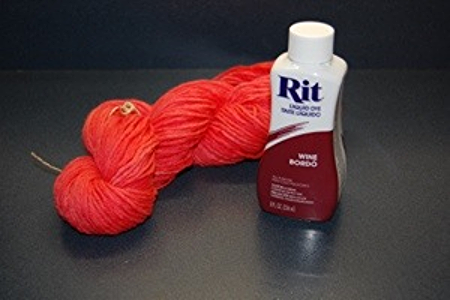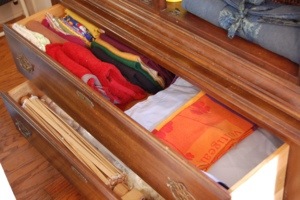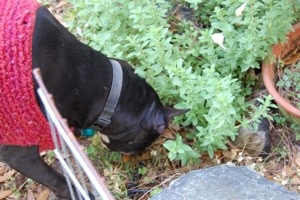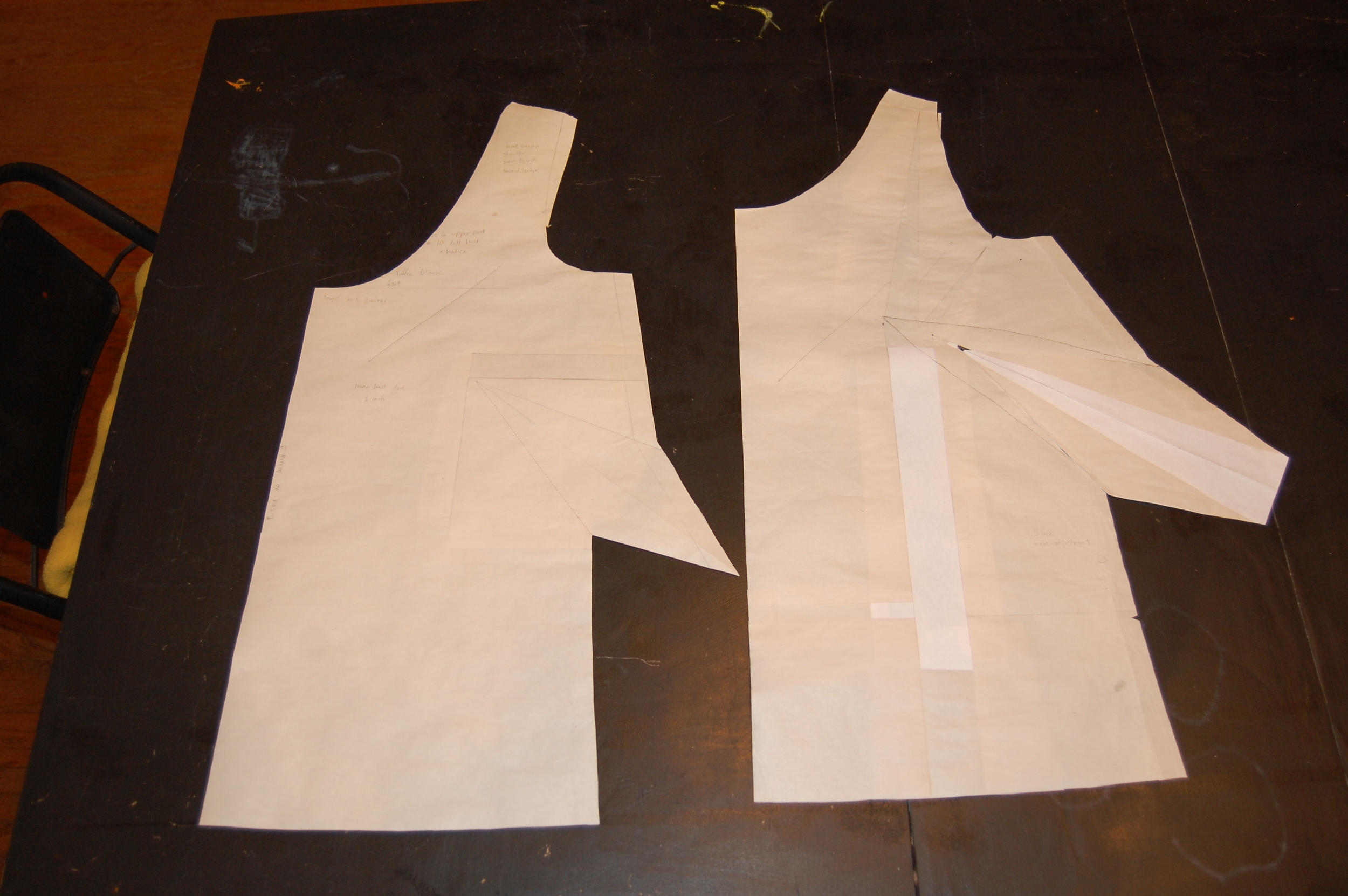Most sewing patterns base the measurements of their sizes on an imaginary ideal person. Her bust is a B cup, her full bust measurement is equal to her hip measurement, and her waist is 10 inches smaller than her full bust or hip. It is usually recommended that those sewers whose bust is larger than a b cup adjust their pattern using a full bust adjustment to accommodate their larger busts.
For those people whose busts are larger than a B cup, and their full busts are larger than their hips, I highly recommend this adjustment. But what about those, like me, whose busts are larger than a B cup, but the same size as their hips? For many of these people (including me), a full bust adjustment would have to be followed by a full hip adjustment for the garment to fit the entire body.
I have, as generally recommended, adjusted the bust and then the hip, with mediocre results. After hours of pains taking adjustments, I usually end up with a mangled pattern that is more tape than paper, and the proportions always seem a bit off even through my bust and hip are proportionate. I decided there had to be a better way, and began experimenting with small shoulder adjustments instead.
The problem for those with cup sizes larger than B (and nothing else is larger), is that, if the pattern size is determined by the full bust measurement, the garment will be too large in every place but the bust. What I realized, is that my hips and waist are proportionate to my full bust measurement. The only part of my body that is small in relation to my full bust is my shoulders. So, why should I pick a pattern size based on my upper bust (basically my shoulders) and adjust everywhere else, when I can pick the size based on my full bust, and only adjust the shoulders?
I believe the reason the full bust adjustment is generally recommended is that it is considered easier than the small shoulder adjustment. After all, the small shoulder adjustment involves the armscye, and adjusting the armscye is scary for most.
After doing an FBA and making a muslin I was not happy. The blouse hung strangely, still didn't fit that well. I decided to start over and do the small shoulder adjustment instead. After making the muslin using this new adjustment, I knew I was on to something. I did a few more tweaks, the made the final garment.
I am pretty happy with the results (although I would adjust it a bit more if I made it again), and I am using this technique again in the garment I am currently making. Details to follow.



















































